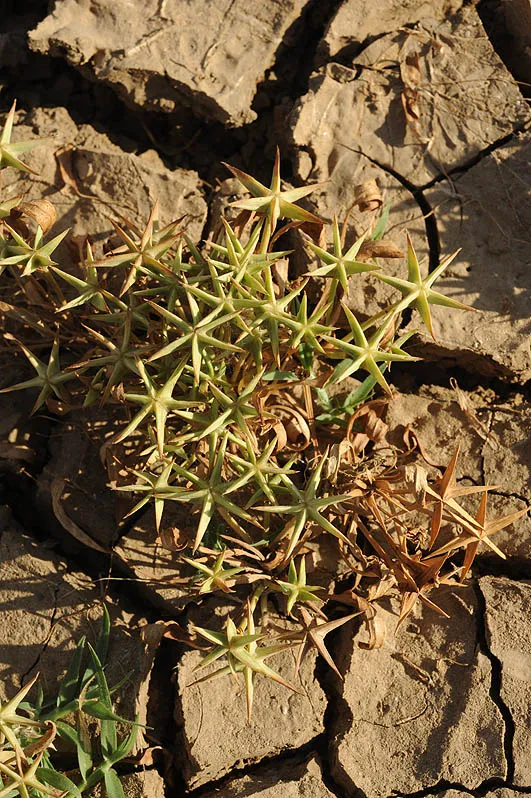Cucumis melo
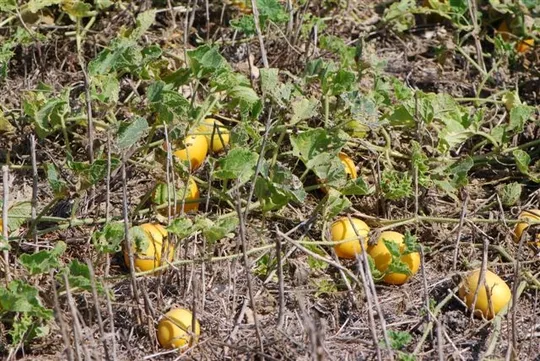
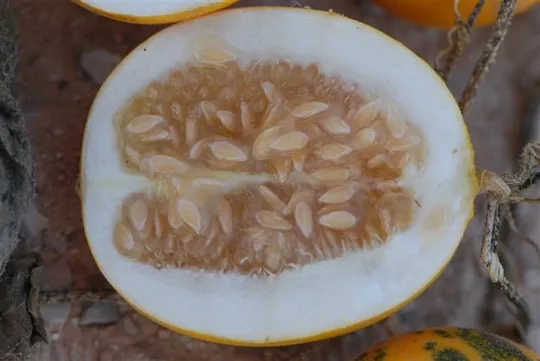
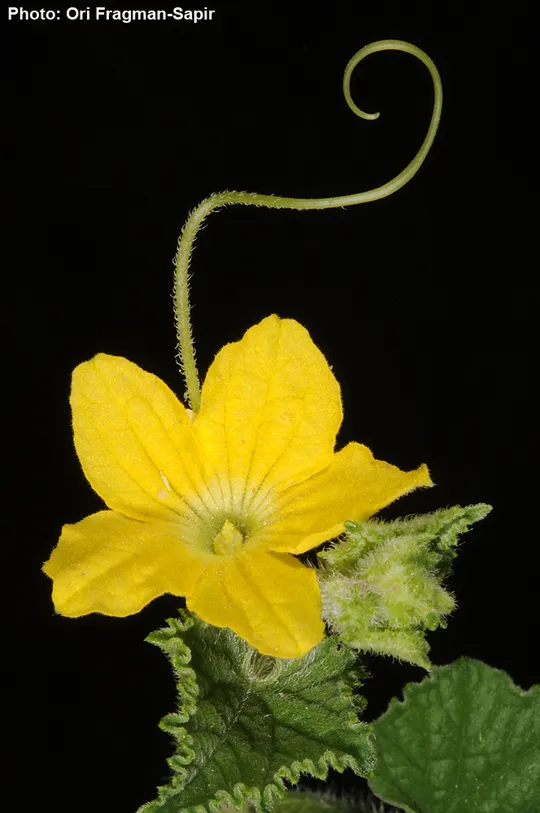
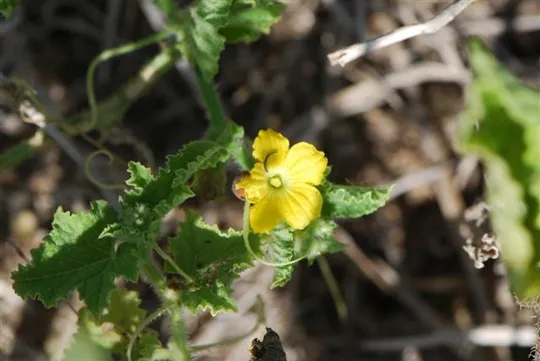
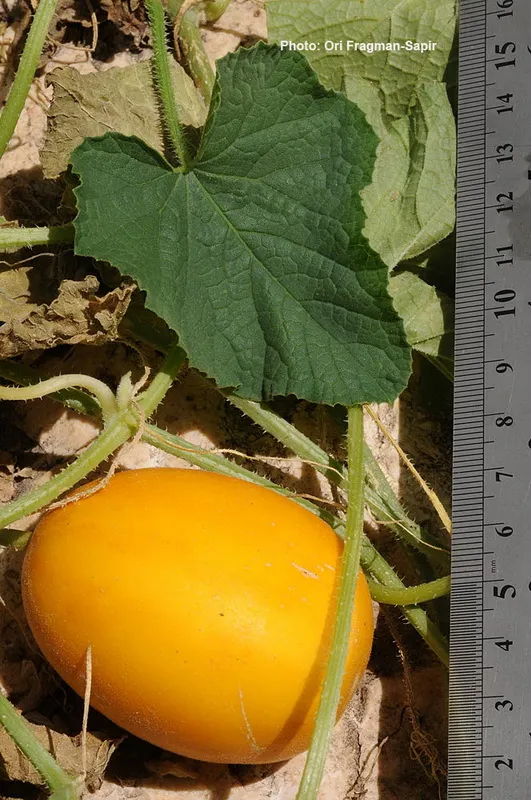
Cucumis acidus now grows on only
two sites in the Sharon near Kibbutz HaMa’apil (a new finding, Ran Lotan,
2007). Seeds from these plants were collected for the gene bank and are being examined
to determine whether they are C.
acidus seeds
or melon seeds. The species is extinct in 17 sites in the Hula Valley, the
Jezreel Valley and the upper Jordan Valley. Due to the difficulty in identifying
the species, it is not certain if all the previous sites that were associated
with C. acidus
– are correct.
Traditional
agricultural fields and fallow fields on deep alluvial soils in the valleys.
The genus Cucumis includes about 25 species found
in Africa, Southern Asia and the Eastern Mediterranean. C. acidus belongs to the group
of wild species from which C. melo
(the common melon) was domesticated. In fact, this is a single biological
species and not varieties of wild and cultured species (Flora Palaestina, Flora
of Iraq). The cultured species hybridize with C. acidus, which is why it is now so difficult to
distinguish between original C.
acidus populations
and cultured melons. There are probably no untainted remaining populations of C.
acidus due to hybridization with melons. Occasionally seeds
that look like C. acidus appear, but it is unclear whether they are seeds
of cultured melon, C.
acidus hybrids
or the real C. acidus. One of these seeds was found by A. Danin on the
Ginosar beach (Flora of Israel website). Its seeds were grown at the gene bank
in Beit Dagan and after a generation cultured melons developed (R. Hadas, pers.
comm.). The C. acidus case is reminiscent of Ficus
carica from which edible species were cultured that were cultivated in our
region for thousands of years and repeated crossing with cultivated plants
wiped out the local wild forms.
C. prophetarum,
another species in the genus Cucumis also grows in Israel. It is
a desert plant of African origin that grows on stony slopes and wadis and has a
characteristic fruit covered with bristles.
·
Assuming that we
are actually referring to a wild Cucumis acidus population that grows today on only two sites in the Sharon, there has
been a sharp decline in the number of regions and in the number of sites, bringing
the species to the brink of extinction.
·
The
disappearance of traditional agriculture on heavy soil and the transition to
modern agriculture is probably the main reason for the extinction of
populations.
·
C. acidus
is not protected in the country in nature reserves.
·
There is no
information available about its threat status in other countries.
Cucumis acidus should be grown
for several generations from seeds collected from Kibbutz HaMa’apil for the
gene bank. It should subsequently be examined to see to what extent it keeps
the morphological form of C.
acidus or whether it too is a hybrid with melon. A detailed
genetic-ecological study should be
conducted on populations believed to be natural
to find the morphological features (other than
the shape of the fruit) and the genetic markers that differentiate this
taxon from other cucumber (= squash) varieties growing in Israel.
Cucumis acidus grows in low hot
areas in the Middle East and eastwards to the southern regions of Central Asia.
It is known from Israel, the Syrian Desert, southern Turkey, and the Caucasus,
the non-mountainous parts of Iraq, Iran and Afghanistan. It has not been
collected from Jordan, but as it is found in the Beit She'an Valley, it probably
also grows in the northern Jordan Valley.
Cucumis acidus is perennial grass
of traditionally cultivated fields on heavy soils in valleys. It is extinct in most
regions and sites where it had been collected and observed due to the transition
to modern agriculture. The surviving specimens are probably not a pure form of
the species, but a hybrid form with C. melo.
Current Occupancy Map
| 1000 squre meter pixel | 5000 squre meter pixel | 10000 squre meter pixel | |
|---|---|---|---|
| number of observations | 0 | 0 | 0 |
| in total pixels | 0 | 0 | 0 |
| Family | Cucurbitaceae |
| Classification | On the endangered species list |
| Ecosystem | Mediterranean |
| Chorotype | Irano - Turanian |
| Conservation Site | Reintroduction to traditionally processed fields in Ne'ora near Giv'at HaMore |
| Rarity |
1
6
6
|
|---|---|
| Vulnerability |
0
4
4
|
| Attractiveness |
0
0
4
|
| Endemism |
0
0
4
|
| Red number |
1
5.3
10
|
| Peripherality | 0 |
| IUCN category | DD EW EX LC CR EN VU NT |
| Threat Definition according to the red book | Critically endangered |
 Based on:
Based on:



